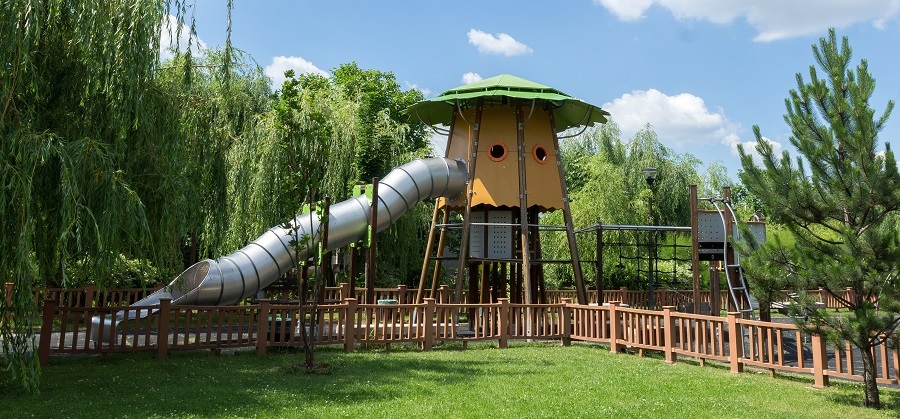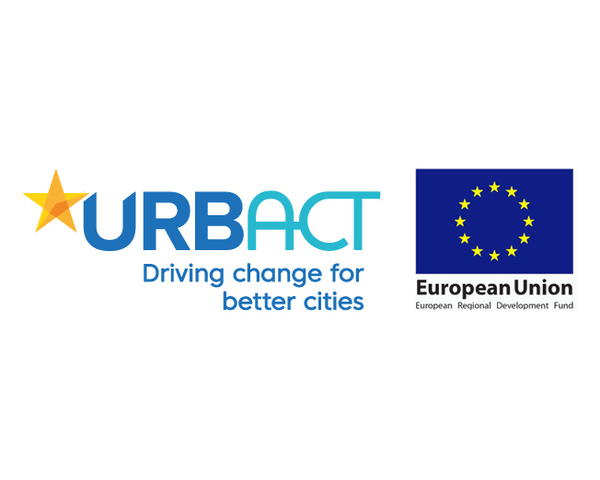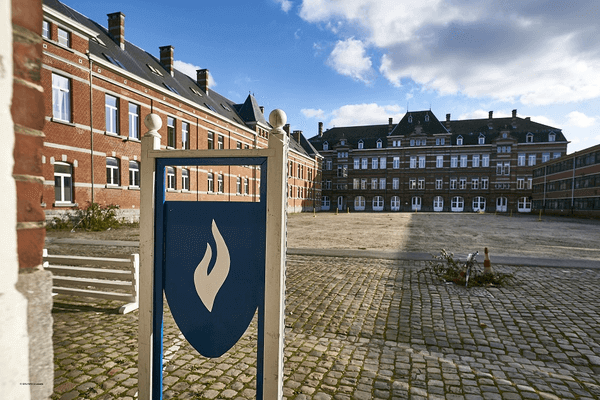
City
Bucharest
Main actors
Local Government, National Government, Supranational / Intergovernmental Institutions
Project area
Neighborhood or district
Duration
Ongoing since 2007
The city of Bucharest is promoting sustainable growth and social cohesion through the creation of a multipurpose public park.
The creation of a public utility park in the Ion Creangă neighbourhood of Bucharest was one of the objectives of the 2nd District Integrated Urban Development Plan, financed under the 2007-13 Regional Operational Programme and initiated by the city administration. In line with goals for sustainable growth, the park was designed to integrate the social needs of the community with environmental protection, increase accessibility and mobility, and reduce disparities between the Ion Creangă area and more developed parts of Bucharest.
The large green space increases the communities quality of life , encouraging residents to take part in outdoor activities, and providing an opportunity for better connections between the Roma community and other residents. The park has significantly improved the urban infrastructure and quality of the environment, including efficient energy use and has helped change the public perception of the neighbourhood.
URBACT Good Practice Label
This project was awarded the 'URBACT Good Practice Label' in 2017.
On Map
The Map will be displayed after accepting cookie policy



